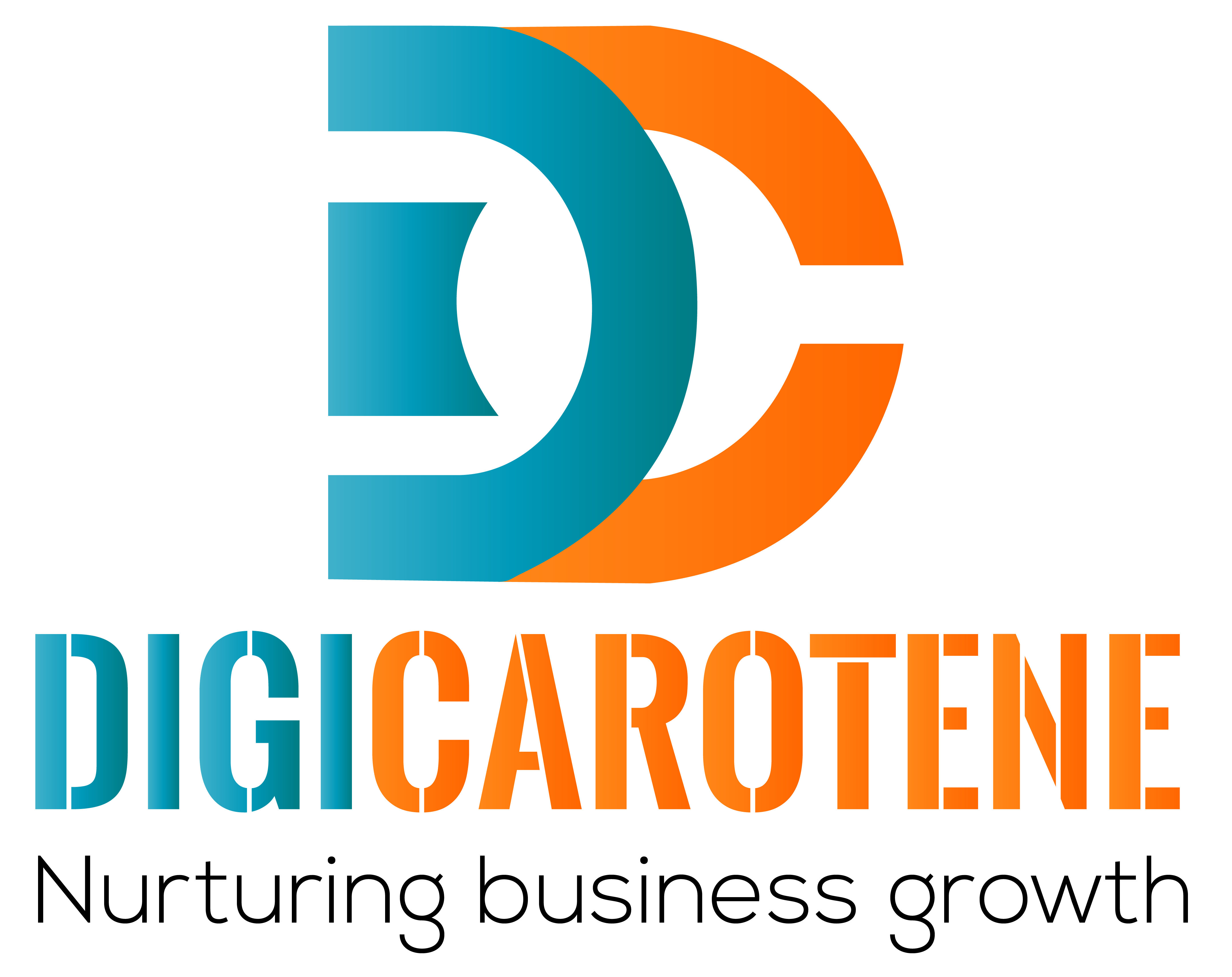How to Improve Conversion Rates in Your Retail Store

Introduction
In the competitive world of retail, increasing conversion rates is essential for driving sales and maximizing revenue. Conversion rates measure the percentage of visitors who make a purchase, and improving this metric can significantly impact your store’s profitability. In this blog, we’ll explore effective strategies to enhance conversion rates in your retail store and boost your bottom line.
Create an Inviting Store Layout
The first step in improving conversion rates is to create an inviting and well-organized store layout. When customers enter your store, they should feel comfortable and encouraged to explore. Consider the following layout tips:
- Use eye-catching window displays to attract passersby.
- Arrange products logically, with the most popular or high-margin items prominently displayed.
- Ensure clear and unobstructed aisles to facilitate easy navigation.
- Provide ample lighting and comfortable shopping spaces.
- Implement a flow that naturally guides customers through the store.
An inviting and well-organized store layout can capture customers’ attention and keep them engaged, increasing the likelihood of making a purchase.
Train and Motivate Your Staff
Well-trained and motivated staff play a critical role in improving conversion rates. Train your employees to offer excellent customer service, including greeting customers, providing product information, and assisting with any inquiries or concerns.
Motivated staff members who genuinely care about the customer experience can make a significant difference in converting visitors into buyers. Consider implementing incentive programs to reward exceptional customer service and sales performance.
Optimize Merchandising Strategies
Effective merchandising strategies can influence buying decisions and boost conversion rates. Consider the following techniques:
- Implement cross-merchandising by placing complementary products together. For example, display coffee mugs near the coffee maker section.
- Use signage and displays to highlight promotions, discounts, and limited-time offers.
- Employ visual merchandising techniques such as colour coordination, focal points, and eye-level product placement.
- Rotate merchandise regularly to keep the store fresh and encourage repeat visits.
By optimizing your merchandising strategies, you can create a shopping environment that encourages customers to make impulse purchases and explore additional products.
Leverage Technology
Modern technology can greatly enhance the shopping experience and improve conversion rates in your retail store. Here are some tech-driven strategies to consider:
- Implement Point-of-Sale (POS) systems with fast and efficient checkouts to reduce wait times and frustration.
- Offer mobile payment options like Apple Pay and Google Wallet to cater to tech-savvy customers.
- Utilize in-store analytics and heatmaps to understand customer behavior and make data-driven decisions about product placement and store layout.
- Use digital signage and interactive displays to engage customers and promote special offers.
Technology not only improves the shopping experience but also provides valuable insights to optimize your retail operations.
Provide Exceptional Customer Service
Exceptional customer service can significantly impact conversion rates. Train your staff to be attentive, knowledgeable, and responsive to customer needs. Additionally, consider implementing the following strategies:
- Offer hassle-free return and exchange policies to build trust and reduce purchase anxiety.
- Provide a welcoming and comfortable waiting area for customers who may need to wait for assistance.
- Use personalized customer service, such as remembering repeat customers’ names and preferences.
- Solicit feedback and reviews from customers to continuously improve your service.
Exceptional customer service not only increases the likelihood of immediate conversions but also encourages repeat business and word-of-mouth referrals.
Streamline Checkout Processes
Long and cumbersome checkout processes can deter customers from completing their purchases. To improve conversion rates, streamline your checkout procedures:
- Offer multiple checkout options, including self-checkout kiosks for those who prefer a faster experience.
- Minimize the number of steps required for customers to complete a purchase.
- Implement mobile checkout solutions to enable staff to assist customers wherever they are in the store.
- Provide clear and transparent pricing, including any additional fees or taxes.
A streamlined checkout process reduces friction and encourages customers to finalize their purchases.
Implement Data-Driven Decision Making
Data-driven decision-making involves analyzing customer data to gain insights into shopping behavior and preferences. Use data analytics tools to track sales, customer traffic, and other key performance indicators. By understanding what products are popular when peak shopping times occur, and which promotions are effective, you can make informed decisions to optimize your store’s performance.
Engage in Targeted Marketing
Marketing strategies can also have a significant impact on conversion rates. Tailor your marketing efforts to reach your target audience effectively:
- Utilize email marketing campaigns to reach out to existing customers with personalized offers and recommendations.
- Leverage social media advertising to engage potential customers based on their interests and demographics.
- Invest in search engine optimization (SEO) to improve your store’s online visibility and attract more qualified traffic.
By targeting your marketing efforts, you can attract customers who are more likely to convert.
Conclusion
Improving conversion rates in your retail store is a multifaceted endeavor that requires careful planning and continuous optimization. By creating an inviting store layout, training and motivating your staff, optimizing your merchandising strategies, leveraging technology, providing exceptional customer service, streamlining checkout processes, implementing data-driven decision-making, and engaging in targeted marketing, you can increase the likelihood of turning visitors into loyal customers. Remember that improving conversion rates is an ongoing process, and staying attuned to customer needs and preferences is key to long-term success in the retail industry.

